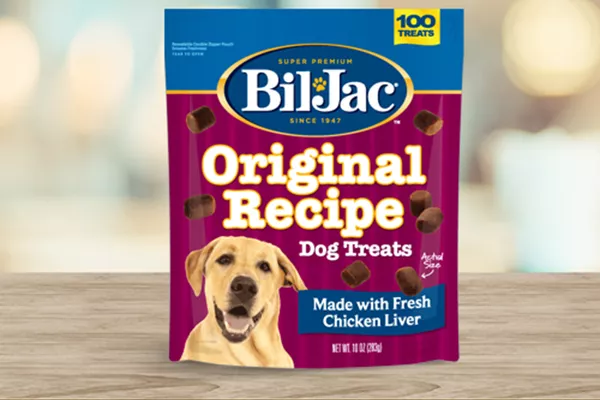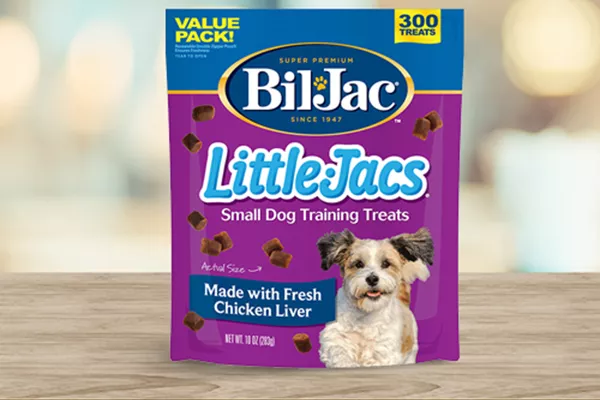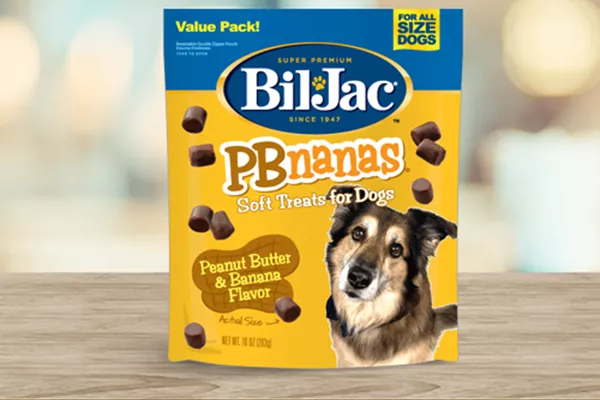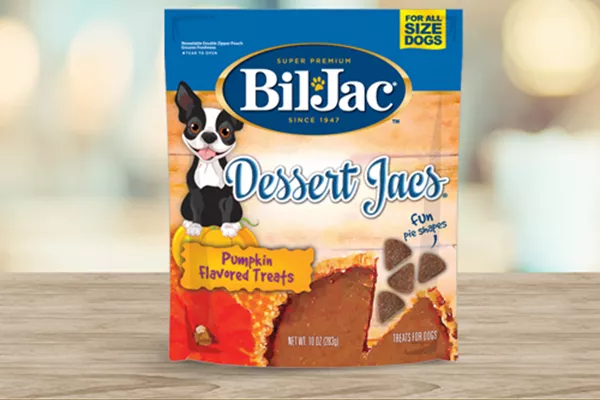It’s no surprise that regular exercise is a good idea for both us and our favorite furry friends. However, it’s important to remember that different breeds have different needs.
The fact is some dogs are just born with higher energy levels and need more exercise than others. Dog breeds like Border Collies, Siberian Huskies, and Labrador Retrievers are more active than others. It’s also not just larger dogs that need regular activity – Pembroke Welsh Corgis and Jack Russell Terriers are smaller dogs with a lot of energy. On the other side of the spectrum, some breeds of dog are typically lower energy canines, such as French Bulldogs, Chihuahuas, and Boston Terriers.
Knowing a little about the breed mix of your dog can help give you an idea of what kind of energy level will help keep them happy and healthy. Let’s break down some general rules for how much exercise a dog really needs and what you can do to help them stay active.
How Much Exercise Does a Dog Need Every Day?
As a general rule, most dogs need about 30 to 60 minutes of exercise a day. When dogs are not regularly active, they may gain weight or decide to use that unspent energy to engage in bad behaviors like digging holes or chewing up your favorite things. Regular exercise helps dogs deplete their energy levels, gives them something productive to do, and stimulates them mentally.
Here are some general rules for dog-lovers to live by:
- Active breeds need a minimum of 30-60 minutes of exercise most days of the week, preferably daily.
- Toy or small breeds need more exercise than you think. Specific breeds, like Chihuahuas for example, are prone to obesity and need much more exercise than they usually get. Getting 20-30 minutes a day could be very beneficial to their health.
- Good exercise engages your dog’s mind as well as his body. Exploring a new hiking trail or a new neighborhood street, for example, can keep life interesting for both of you.
- Remember: an active dog is a happy dog.
As any dog ages, the amount and intensity of exercise should change. Ask your vet for guidance on how much of a workout your mature pooch should get.
How to Exercise Your Dog
Now that you have an idea of how much your best friend needs to exercise, it’s time to help your dog stay active. Here are some ideas to mix up your dog’s exercise activities and stay in shape.
Use the great outdoors
Most pooches just can’t wait to get out into the world. Just be sure to keep the athleticism required safe and appropriate to your dog’s breed and age. Here are some outdoor activities you can do together:
- Walking, jogging, or biking. That’s right! In addition to the traditional brisk leashed walk, you and your dog can jog or bike together. The latter two activities will provide a more intense doggy workout – just be sure to train your dog to safely run or bike with you. Not all breeds are built for running.
- Fetch. It’s an old canine pastime that never gets old. Just throw a ball or chew toy and your pup will run to bring it back. Playing “catch” with a ball or flying disk is a fun variation on this game.
- Running off leash. If there’s a park or open area nearby where your dog can run safely and within restrictions, take advantage of it. Let your furry athlete run and explore until they get tired.
- Swimming. If you live near the sea or a lake or even a large pond, there’s no better exercise than a canine swimming session. Such activity is especially beloved by “water dogs” like retrievers, spaniels or even poodles. You can combine it with a fetch game. Just make sure dogs are permitted, it’s warm enough outside, and that you never leave your swimmer unattended.
- Playing with other pets. A fun activity at a dog park or in your enclosed backyard. When dogs get together and play, it can get pretty rambunctious – which is good exercise. Just make sure that your pup likes to hang out peaceably and safely with other dogs.
Indoor exercise for dogs
Exercise in extreme heat or cold is just as unsafe for your pup as it is for you. Fortunately, you don’t have to skip the workout on the days when you need to stay inside. Here are some ideas of how to keep your furry friend active indoors:
- Indoor fetch. If you have some soft toys to throw in the house, you can still have a pretty rousing game of fetch (just watch out for the lamps and other breakables). Rolling a ball and angling it down the hallway can also make for a good game of chase. Have an active dog? Take your game to the next level with stairway fetch. Just throw your ball or chew toy up to the landing, and have your pup bring it back down to you.
- Tug. Another old favorite, and most dogs really get into it. In fact, it can bring out the competitive instincts in your pet, so don’t let it get out of hand. Combine it with a little fetch exercise tossing the tug toy across the room.
- Tricks for treats. A few treats are a great way to keep your best friend active. Hollywood dog trainer Joel Silverman has special training tips on how to use Bil-Jac Treats to train your pup to sit up, heel and other fun things. You can also play “find the treat” by hiding three or four Bil-Jac Original Recipe Dog Treats around the house while your pup is outside or in a treat toy. Just alert him to the scent and encourage him to hunt around the house.
A Little Exercise Goes a Long Way
Maintaining a regular exercise schedule can do wonders for your favorite four-legged friend. Dogs that exercise regularly and with some intensity develop a higher metabolism, smaller appetite, better muscle tone, and even better temperature regulation.
Active dogs also have a better chance of avoiding both obesity and boredom. Regular exercise makes dogs less likely to “act out” with destructive behaviors, so make a daily play date with your best friend. You’ll both be healthier and happier for it!
Want to learn more about how you can help your dog stay happy and healthy? Join our Best Friends Club today to receive our exclusive email newsletter full of articles on training tips, healthy habits, and members-only discounts on Bil-Jac Dog Food, Treats, and other products.




